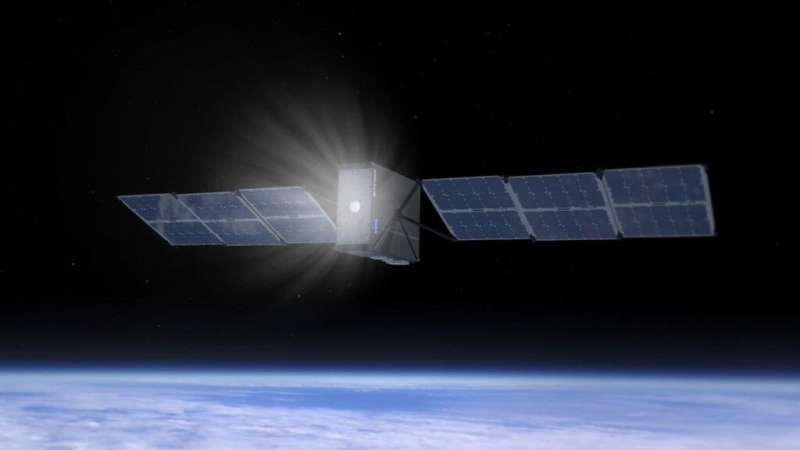So CubeSat designers rightfully shy away from including such a dangerous propellant in their small satellites.
Without access to regular rocket fuel, designers are left with much less desirable choices for propellant, such as ion thrusters. Some do not even select a propellant system at all. This lack of ability to controllable navigate space results in defunct CubeSat cluttering up orbital trajectories as well as unintentionally deorbiting in an uncontrolled, and potentially dangerous, descent.
What makes water such a special propellant is that it is completely stable under normal conditions, but it can also be split to create hydrogen and oxygen, two of the main components of normal rocket fuel. This split is accomplished by a process known as electrolysis, which separates that oxygen and hydrogen molecules from the water from one another. Then each individual element can be funneled into a rocket nozzle and exploded to push the craft in a given direction.
Electrolysis will actually take place inside the CubeSat in a special miniaturized chamber, which is the true heart of this propulsion innovation, and was developed by Tethers Unlimited, a start-up based in Washington. Its system, Hydros, could add its name to the growing list of CubeSat propulsion technologies, if it is successfully tested later this year as part of NASA's Pathfinder Technology Demonstration-1 mission. Given the advantages of its propellant, it has a lot of potential to become a standard propulsion platform for CubeSats for years to come.

